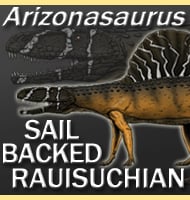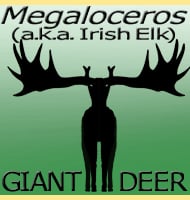In Depth
Brodavis was a genus of hesperornithiform that lived in both Asia and North America towards the end of the Cretaceous. Like relative genera, Brodavis would have dived below the water and used well developed feet to swim through the water after fish. What is perhaps most interesting though is that Brodavis was the first hesperornithiform bird that we knew of to have actually hunted in freshwater ecosystems rather than sea water.
Because the bones of Brodavis do not have the same level of pachyostosis (thickening of the bones) as other hesperornithiformes, the genus has been speculated to have some volant (flight) abilities. This is a plausible argument given the wide distribution of the genus and obvious advantage of being able to reach new bodies of freshwater. However, it should also be remembered that fresh water does not have the same level of buoyancy as salt water. Therefore, if Brodavis only hunted in freshwater, their bones would not need to be as dense as their salt water relatives in order to sink their bodies below the surface of the water.
Further Reading
- A new evolutionary lineage of diving birds from the Late Cretaceous of North America and Asia - Larry D. Martin, Evgeny N. Kurochkin & Tim T. Tokaryk - 2012.









